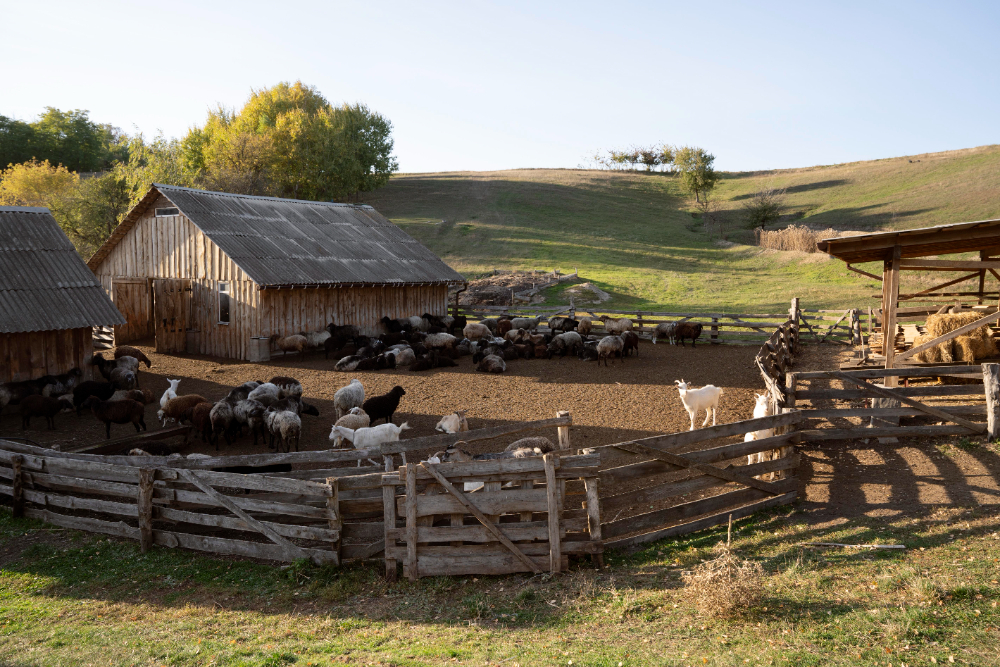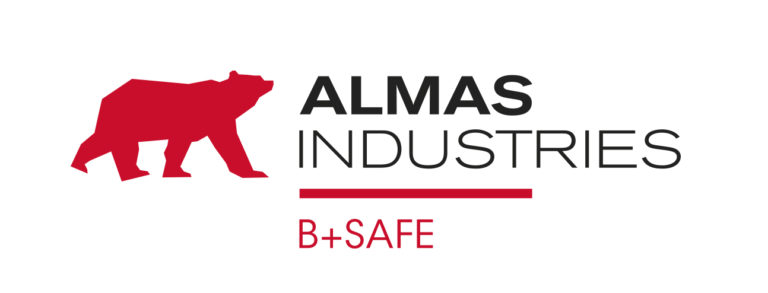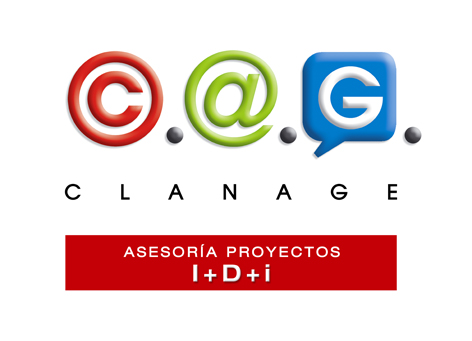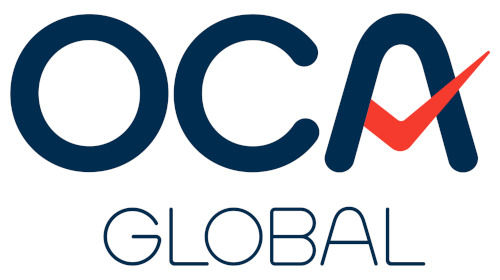The European Commission has just published its report The medium-term outlook for EU agricultural markets and income until 2035, on the agricultural and livestock outlook in the EU, which gives us an idea of what is expected for the primary sector until 2035. At ANAFRIC we have highlighted the most relevant data regarding cattle, pigs, sheep and goats, but you can find more information at this link.

🐂Cattle: Predictions until 2035
Cattle production: A continuous reduction is expected until 2035 due to low profitability and a stricter regulatory framework on sustainability. Although the average slaughter weight will increase slightly, global production will decrease. Beef exports will grow slowly, while live animal exports will decrease due to lower availability and concerns about long-distance transport.
Beef consumption: European consumers tend to reduce consumption due to sustainability concerns and high prices. However, demand for specific cuts keeps the domestic market stable.
🐷Pork: Predictions to 2035
Pork production: Production will decrease due to pressure for sustainability and criticism of intensive systems. African Swine Fever (ASF) will continue to be present, but under control. Exports, which had previously grown, will stabilize due to the recovery of production in Asia.
Pork consumption: A reduction in per capita consumption is projected due to changes in eating habits and consumer perception of the environmental impact of the sector. This reinforces the trend towards diets with less fat.
🐑🐐Sheep and goat: Predictions to 2035
Sheep and goat production: A continued decline in production is expected despite income support and favorable prices. This trend varies across EU countries, with a higher incidence in areas where climatic conditions make production difficult.
Sheep and goat consumption: Per capita demand will remain relatively stable, influenced by cultural traditions. However, the signing of the trade agreement with New Zealand could increase imports, affecting local producers.
📊 ♻Trade and sustainability: Predictions until 2035
Exports and imports: The EU will continue to be a net exporter of animal products. However, greater competition is anticipated in international markets and an increase in imports of specific products, especially sheep and goat.
Sustainability in the sector: A transition towards more extensive and sustainable production systems is projected. This includes the use of technologies that improve feed efficiency and reduce greenhouse gas emissions.
OECD-FAO Agricultural Outlook 2024-2033
The OECD-FAO Agricultural Outlook 2024-2033 report has also been published, which reviews the agroeconomy at a global level. According to this report, which you can find at this link, the most important facts that will affect our sector are:
Emerging economies will be decisive in shaping the global agricultural environment, with India expected to overtake China as the leading player. However, calorie intake in low-income countries is expected to increase by only 4%. Globally, greenhouse gas (GHG) emission intensity from agriculture is expected to decline, while direct emissions from agriculture could rise by 5%. However, if food loss and waste could be halved, global GHG emissions from agriculture could fall by 4% and the number of undernourished people by 153 million by 2030.
Efficient international agricultural commodity markets will remain critical to global food security and rural livelihoods. The projected development would keep real international reference prices on a slightly downward trend over the next decade, although environmental, social, geopolitical and economic factors could significantly alter these projections.
















